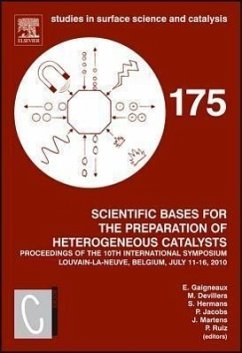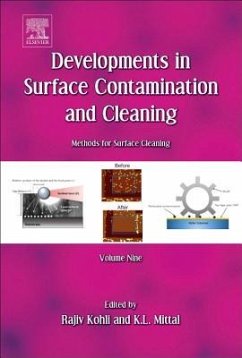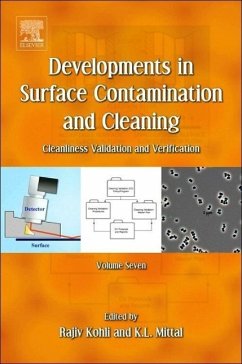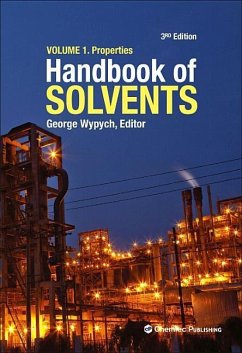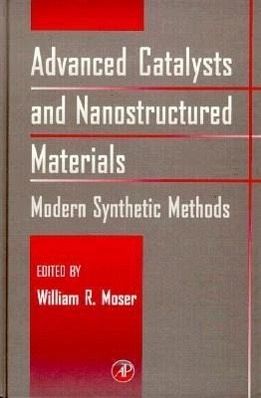
Advanced Catalysts and Nanostructured Materials
Modern Synthetic Methods
Herausgegeben: Moser, William R.

PAYBACK Punkte
51 °P sammeln!
The time has come for an assessment of the most important techniques for the fabrication of advanced catalysts. Catalyst production alone is more than a billion dollar business each year, and the product value of chemical processes using advanced catalysts is a few trillion dollars annually. This book seeks to provide a modern, materials science account of the best and most current techniques for the synthesis of advanced catalytic materials.Until now, there has been no single book which contains a definitive and comprehensive description of the important technologies for catalyst synthesis wi...
The time has come for an assessment of the most important techniques for the fabrication of advanced catalysts. Catalyst production alone is more than a billion dollar business each year, and the product value of chemical processes using advanced catalysts is a few trillion dollars annually. This book seeks to provide a modern, materials science account of the best and most current techniques for the synthesis of advanced catalytic materials.
Until now, there has been no single book which contains a definitive and comprehensive description of the important technologies for catalyst synthesis within the context of modern materials science. Academic researchers both in the catalytic sciences and materials sciences must have the best synthesis technologies available to accomplish the preparation of solid-state materials of specific structure and morphology. Althugh the emphasis is on new synthetic techniques for catalytic applications, the bookpresents all of the important technologies for the fabrication of electronic and structural ceramics, and superconductors.
Until now, there has been no single book which contains a definitive and comprehensive description of the important technologies for catalyst synthesis within the context of modern materials science. Academic researchers both in the catalytic sciences and materials sciences must have the best synthesis technologies available to accomplish the preparation of solid-state materials of specific structure and morphology. Althugh the emphasis is on new synthetic techniques for catalytic applications, the bookpresents all of the important technologies for the fabrication of electronic and structural ceramics, and superconductors.





